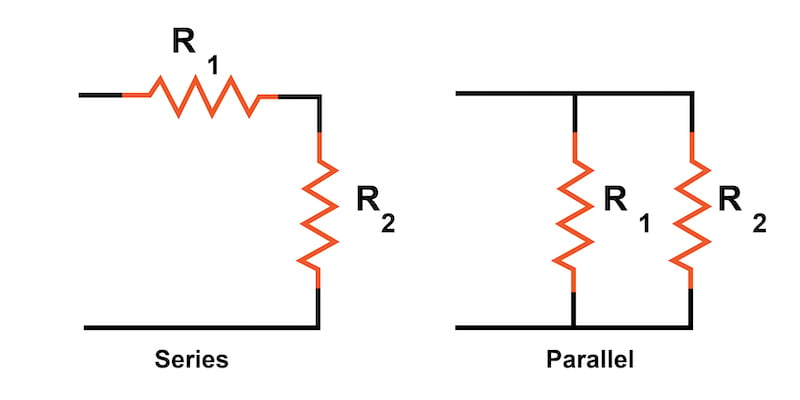sickwilly
Member
- Joined
- Mar 31, 2017
- Messages
- 91
- Reaction score
- 17
- Points
- 8
- Vehicle Year
- 2003
- Make / Model
- ranger xlt
- Engine Size
- 3.0
- Transmission
- Automatic
Trying to wire up some leds and noticed in the user manual it says this
”16 ga max wattage 180w, 14 ga 300w, 12 ga 450w”.
Now I understand that more power can flow thru a bigger wire, but the wire lead coming out of the light itself is 18 or 20 ga. Far as I know THAT would be the limiting factor. It wouldn’t matter how large a wire I ran to the light if the leads coming out of the light itself are 18 ga.
Actually, would running 12 ga wire into 18 ga wire possibly get the smaller section of wire too hot?
Am I right or is it just Monday?
”16 ga max wattage 180w, 14 ga 300w, 12 ga 450w”.
Now I understand that more power can flow thru a bigger wire, but the wire lead coming out of the light itself is 18 or 20 ga. Far as I know THAT would be the limiting factor. It wouldn’t matter how large a wire I ran to the light if the leads coming out of the light itself are 18 ga.
Actually, would running 12 ga wire into 18 ga wire possibly get the smaller section of wire too hot?
Am I right or is it just Monday?















